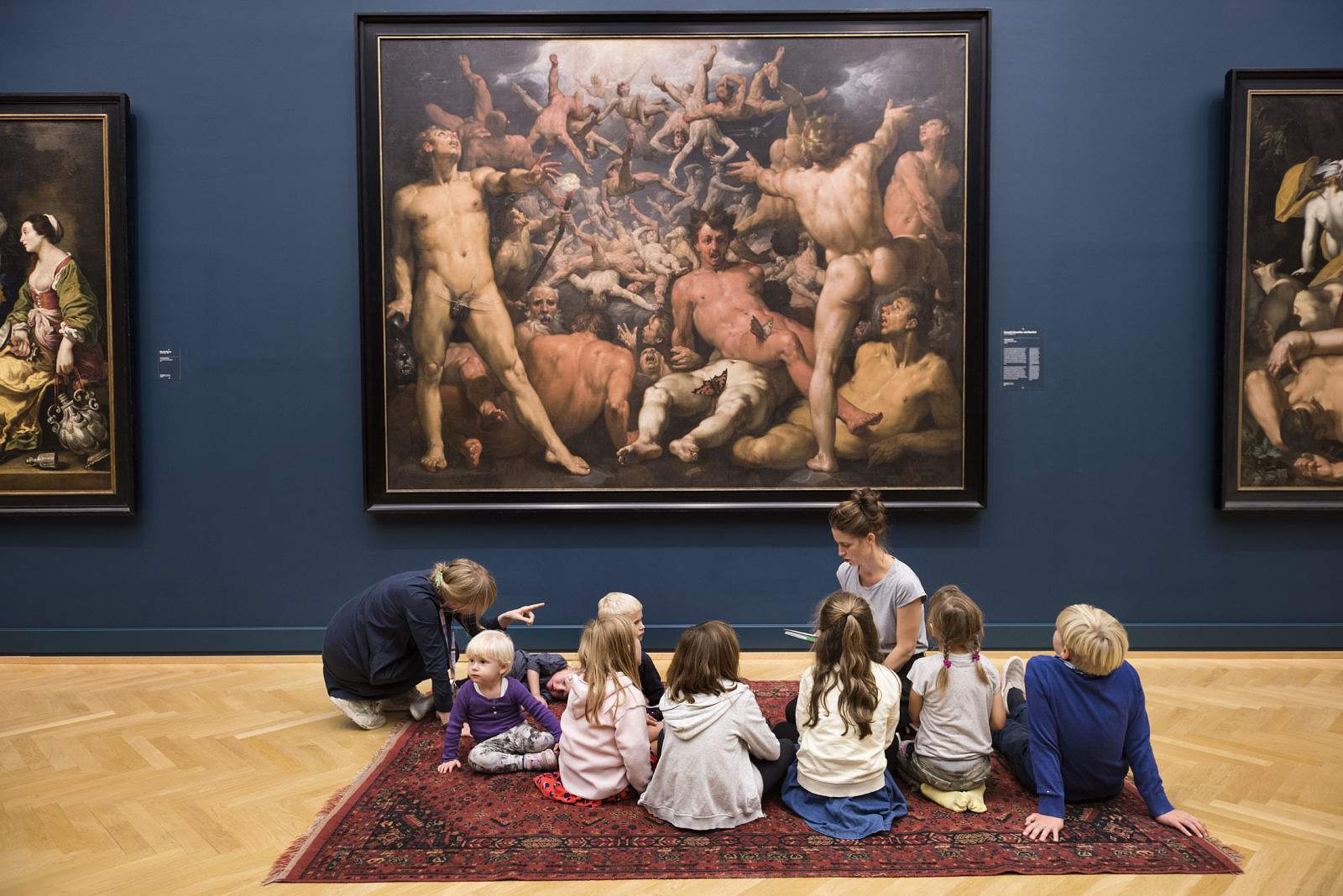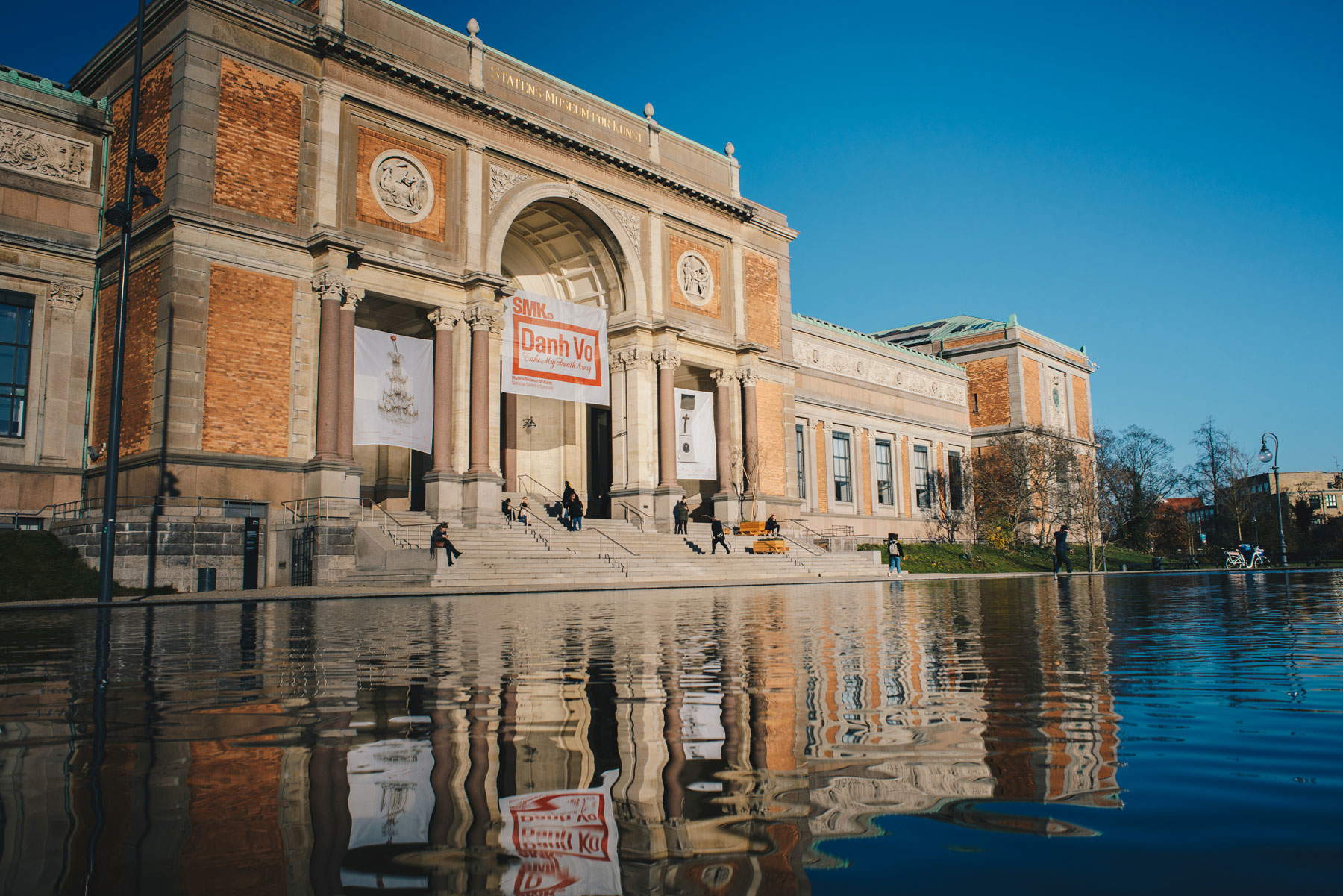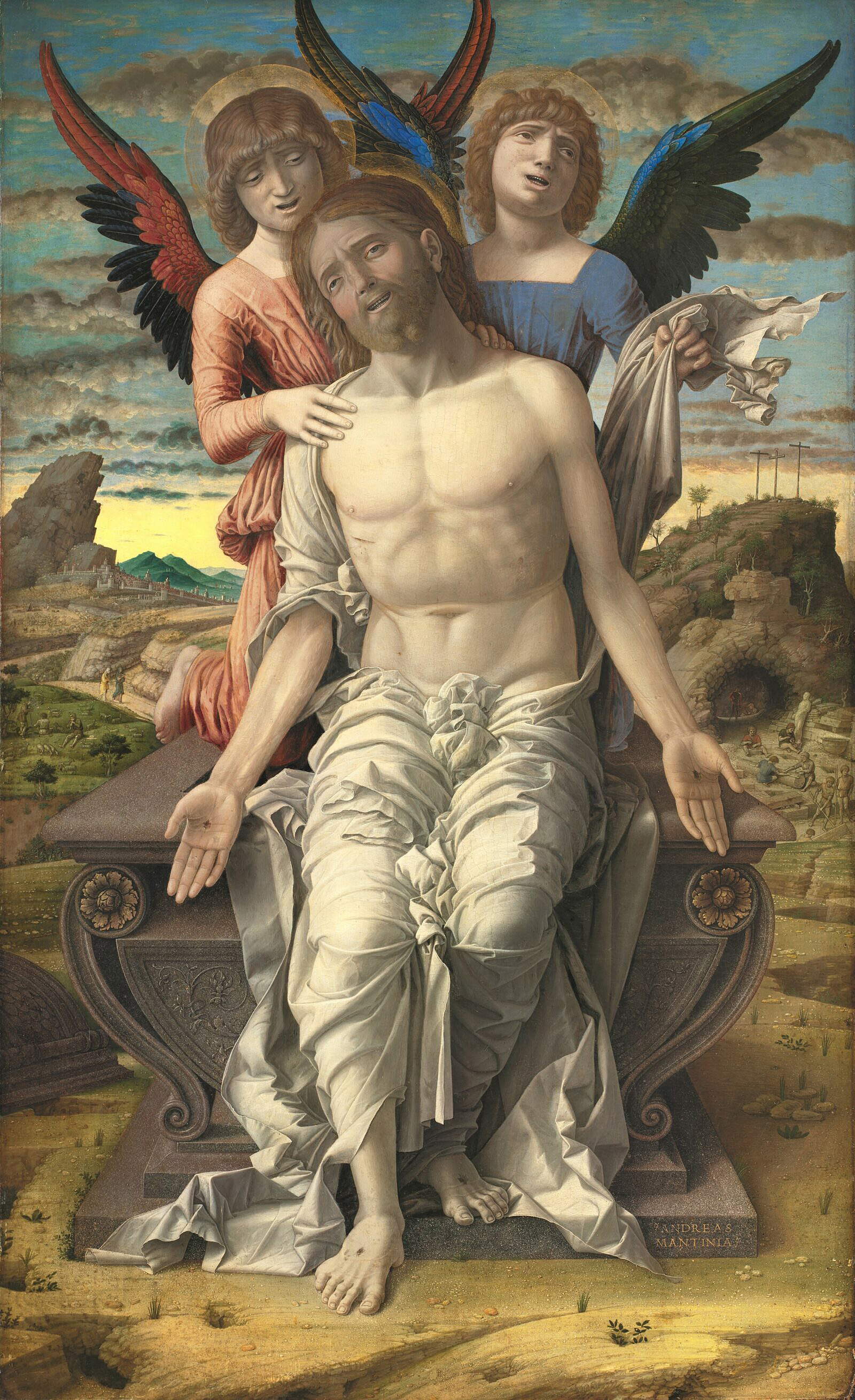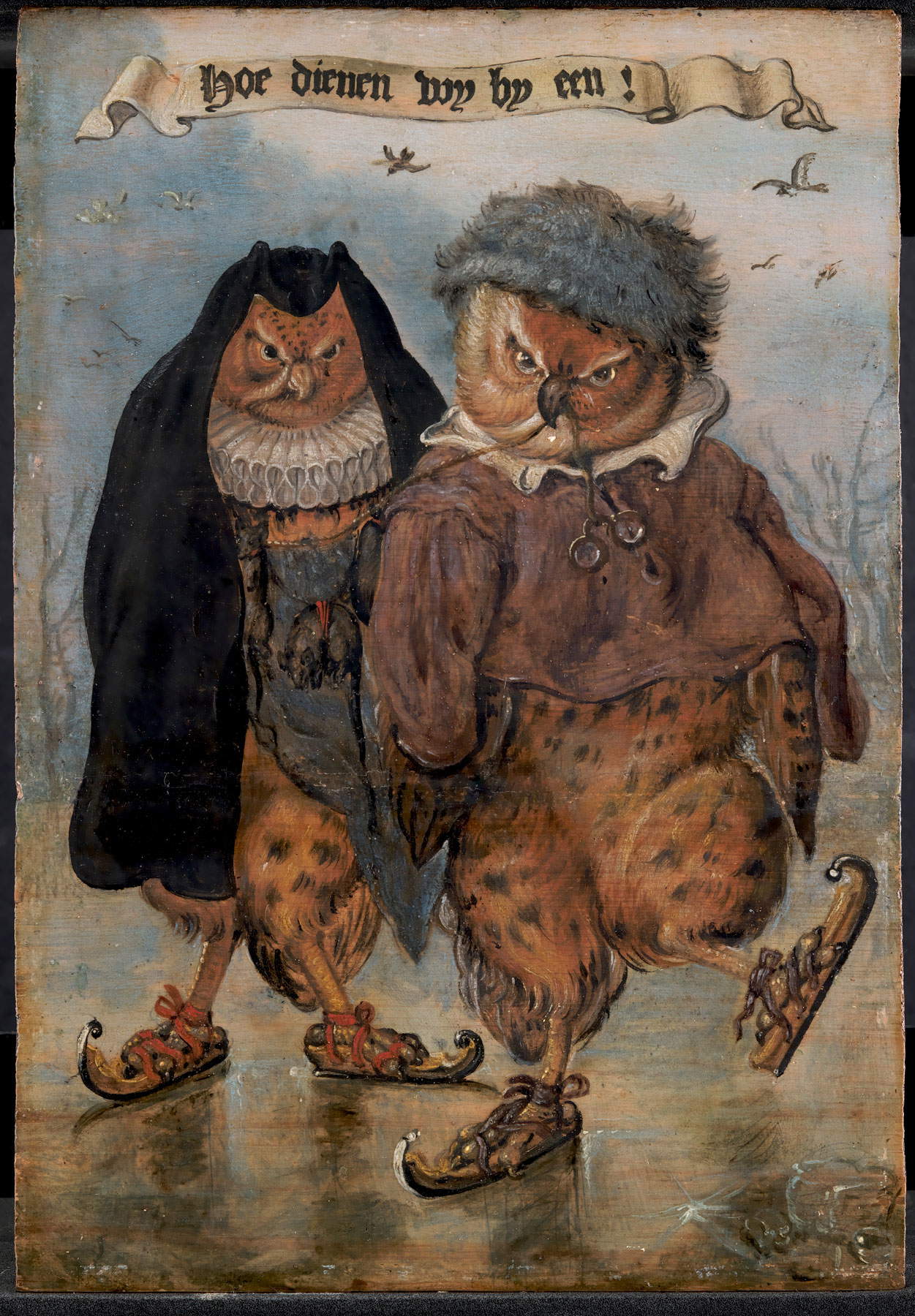by Redazione , published on 14/06/2021
Categories: Museums
/ Disclaimer
Denmark's largest art museum: the Statens Museum for Kunst in Copenhagen and its masterpieces, from Mantegna to Matisse, Titian to Picasso.
It is the largest art museum in Denmark: it is the Statens Museum for Kunst (National Art Gallery) in Copenhagen. The institution houses collections formed from the collection of the royal family of Denmark, which constitutes its earliest nucleus: this was an important collection (built up largely in the second half of the 18th century) that included masterpieces by Italian, Dutch, German, Flemish, as well as local artists, and had the ambition of being no less than those of other 18th-century European rulers. Originally housed in the Kunstkammer (art chamber) founded around 1650 by King Frederick III in Copenhagen Castle, then the residence of the Danish royal family, it was then moved for reasons of space to a special building, the Kunstkammerbygning, where it remained until 1824, when not even the new structure was more suitable to contain it: the collection thus passed to Christiasborg Palace (the Kunstkammerbygning still exists today and is home to the State Archives). In 1848, the year Denmark became a constitutional monarchy, the collection passed to the state and officially became a museum, the Statens Museum for Kunst, a title it therefore still retains today.
In 1884, the fire at Christiasborg Palace posed the need to find a new home for the collection: a new building was therefore constructed, designed by architect Vilhelm Dahlerup (Mariager, 1836 - Copenhagen, 1907): this is the large building that still houses the museum today, located in �?stre Anlaeg Park, and which was renovated between 1966 and 1970 by Eva and Nils Koppel. The most recent chapter in the museum’s history is the opening in 1998 of the extension designed by CF Møllers Tegnestue studio, which was built with the aim of displaying the extensive modern art collections that had in the meantime enriched the main collection core (which has been expanding over time thanks also to bequests, purchases, and donations). That of the Statens Museum for Kunst is a “collection that never stands still,” as the official presentation puts it: “new works are constantly being added to the collection, and those already in the collections are being preserved by restorers and scientists. The Statens Museum for Kunst is a research institute, and an important part of the work as a national gallery continually throws new perspectives on art through research, which provides new knowledge used in organizing exhibitions, writing books, and acquiring new works for the collection.”
 |
| The entrance to the museum. Photo: Statens Museum for Kunst |
 |
| Children in front of Cornelis van Haarlem’s Fall of the Titans. Photo: Statens Museum for Kunst |
 |
| Hall of the museum. Photo: Statens Museum for Kunst |
 |
| Andrea Mantegna, Christ Supported by Angels (1495-1500; tempera on panel, 78 x 48 cm; Copenhagen, Statens Museum for Kunst) |
 |
| Filippino Lippi, Meeting of Anna and Joachim (1497; tempera on panel, 112.5 x 124 cm; Copenhagen, Statens Museum for Kunst) |
 |
| Titian, Portrait of Giovanni Bellini (1511-1512; oil on canvas, 80 x 66 cm; Copenhagen, Statens Museum for Kunst) |
 |
| Parmigianino, Portrait of Lorenzo Cybo (1523; oil on panel, 126.5 x 104.5 cm; Copenhagen, Statens Museum for Kunst) |
 |
| Hendrick ter Brugghen, Coronation of Thorns (1620; oil on canvas, 207 x 240 cm; Copenhagen, Statens Museum for Kunst) |
 |
| Adriaen Pieterszoon Van de Venne, How Well We Stand Together (c. 1614-1662; oil on panel, 26.5 x 18 cm; Copenhagen, Statens Museum for Kunst) |
The collection of the Statens Museum for Kunst in Copenhagen is the largest art collection in the country and includes some 260,000 works, most of which are in storage or on display in other Danish museums.Initially the private property of the monarchs, in 1848, as mentioned, it passed to the state, thus becoming the property of all citizens. Today there are three main nuclei that make up the collection of the Statens Museum for Kunst: the Royal Collection of Painting and Sculpture, with works ranging from the 14th century to the present day; the Royal Collection of Graphics, an impressive collection of prints, drawings and works on paper, one of the largest of its kind in the world; and the Royal Collection of Plaster Casts, which has more than 2,000 pieces. The main focus of the collection is on European art between the 14th and 19th centuries: Masterpieces include Andrea Mantegna’s Christ Supported by Angels (1495-1500), Filippino Lippi’sMeeting of Anna and Joachim (1497), Titian’s Portrait of Giovanni Bellini (1511-1512), Parmigianino’s Portrait of Lorenzo Cybo (1523), Lucas Cranach the Elder’s Melancholy (1532), El Greco’s Portrait of a Man (1570-1575), Federico Barocci’s Portrait of a Young Lady (c. 1600), Gian Lorenzo Bernini ’s Bust of Camilla Barbadori (1619), Hendrick ter Brugghen’sCoronation of Thorns (1620), Adriaen Pieterszoon van de Venne’s singular skating owls (a mid-17th-century work entitled How Well We Are Together). Plus works by Bruegel, Bramante, Rubens, Rembrandt, Poussin, Jacob Jordaens, Francesco Guardi, and Johann Heinrich Füssli.
Also of great importance is the collection of 19th- and 20th-century French painting, which includes important works by Impressionists such as Edgar Degas, and Post-Impressionists, from Henri Matisse (twenty-five works) to Amedeo Modigliani, and on to Pablo Picasso, Georges Braque, and Fernand Léger: this is the nucleus that arrived with the donation of Johannes Rump, an engineer who left his substantial collection of French art to the museum. The museum also holds a sizeable collection of what is called the “golden age of Danish art” (1800 to 1864) and the world’s largest collection of works by Vilhelm Hammershøi (Copenhagen, 1864 1916), the great “painter of silence” who was among the leading Danish artists of the late 19th century, the famous Skagen School and the Danish Symbolists.
The Statens Museum for Kunst is a machine that moves more than 300,000 visitors each year (in 2019 there were 390,728) and where 120 people (working in the administration, security department, research and conservation department, and communication department) work to ensure the best for the visiting public and for the scholars studying at the museum, given its important vocation as a research center. Today, the museum in Denmark’s capital is also one of the country’s major exhibition venues, as it continually hosts exhibitions with international appeal. Book your visit by following the link!
 |
| The Statens Museum for Kunst in Copenhagen: the largest art museum in Denmark |
Warning: the translation into English of the original Italian article was created using automatic tools.
We undertake to review all articles, but we do not guarantee the total absence of inaccuracies in the translation due to the program. You can
find the original by clicking on the ITA button. If you find any mistake,please contact us.









